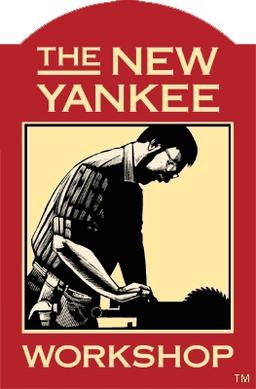- 3 Posts
- 7 Comments

 2·16 days ago
2·16 days agoThe illustrations seem to indicate that stains and dead microbes accumulate in the middle of the wood, deep below the surface. It would be interesting to slice an old wood cutting board in half and see the accumulated stains!

 5·16 days ago
5·16 days agoThe science on plain wood being safe has been around for quite a while. I remember reading a study many years ago where some scientists mashed bacteria all over the surface of a wood cutting board, rinsed it, dried it, and then tried everything they could to get the bacteria to transfer to fresh meat (including trying to pound the meat into the board with a mallet) and the meat remained uncontaminated. So, it seems like the safest option is a single unglued plank of wood.
Glue joints don’t act like wood, so presumably that makes bamboo act less like plain wood safety-wise.
The problem with plastic is that the knife marks can retain bacteria (which, unlike wood, the plastic doesn’t kill).

 2·16 days ago
2·16 days agoDid you see the pictures in the article showing how stains disappear?

 72·16 days ago
72·16 days agoThe article discusses glue joints. Did you make it through the whole article?

 7·16 days ago
7·16 days agoTangential on the broad face would mean it’s flat sawn (plain sawn). Like how woodworkers care about tangential vs radial shrinkage of wood species.
I ended up choosing a CMT 24T ITK (thin kerf) blade, which worked fantastically.
Maybe, but your examples aren’t repeatedly wetted and dried. Could the repeated cycles cause the particles to move deeper?